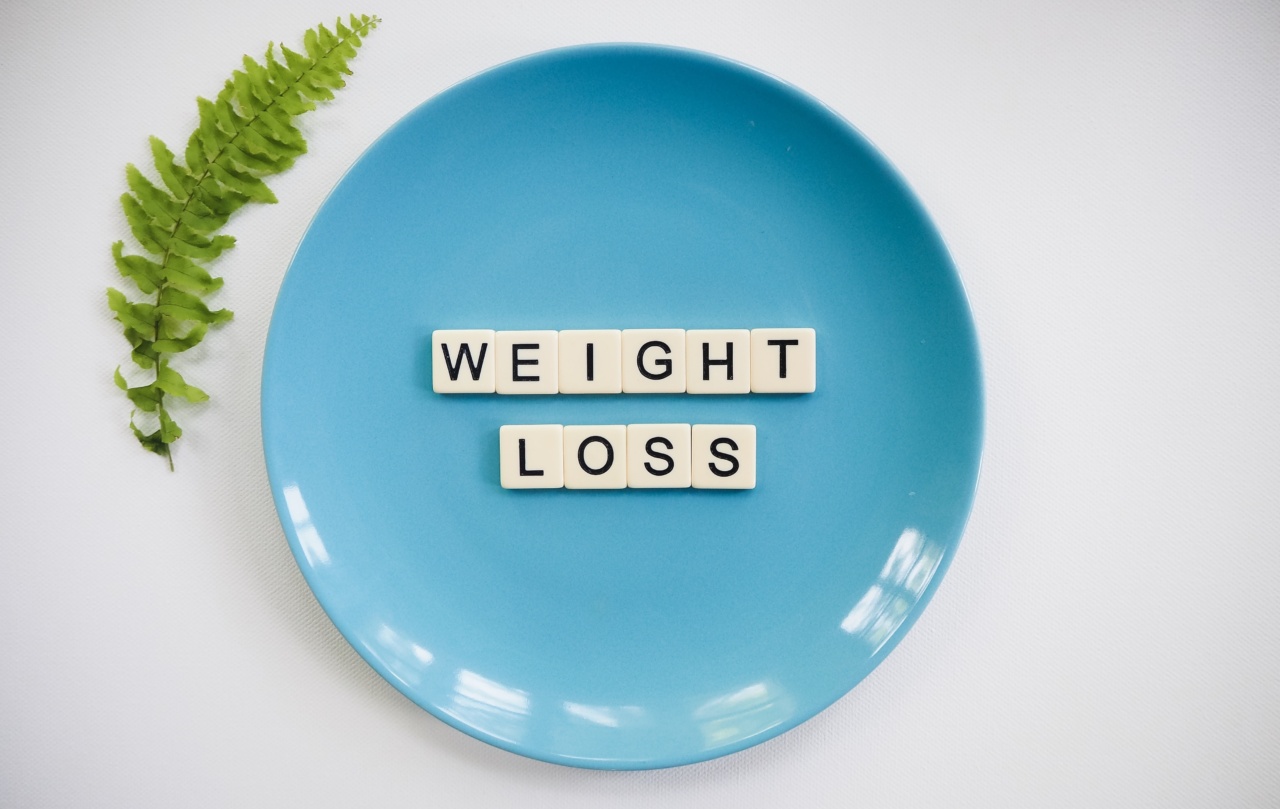Are you worried about your weight and wondering if you need to lose a few pounds for the sake of your health? Finding out if you need to lose weight is easier than you might think, and it only takes a few minutes.
In this article, we will explore some simple and easy ways for you to assess whether you need to shed some pounds or maintain your current weight.
Measure Your Body Mass Index (BMI)
One of the most commonly used methods to assess whether you need to lose weight is to calculate your body mass index (BMI). BMI is a measure of your weight in relation to your height. The formula for calculating your BMI is:.
BMI = weight in kilograms / (height in meters)².
Once you calculate your BMI, you can check whether your BMI falls into the normal range or whether you are overweight or obese.
A BMI of 18.5 to 24.9 is considered normal, a BMI of 25 to 29.9 is considered overweight, and a BMI of 30 or higher is considered obese.
Take Your Waist Circumference
Another simple way to determine if you need to lose weight is to measure your waist circumference. A large waist circumference is a sign of excess abdominal fat, which increases your risk of health problems such as heart disease and diabetes.
To measure your waist circumference, follow these steps:.
- Stand up straight and exhale.
- Place a measuring tape snugly around your waist, just above your belly button.
- Make sure the tape is horizontal and that it is not too tight or too loose.
- Take the measurement and compare it to the following guidelines:
- For men, a waist circumference of 40 inches or more indicates a higher risk of health problems.
- For women, a waist circumference of 35 inches or more indicates a higher risk of health problems.
Check Your Overall Health Risk
Another way to assess your need to lose weight is to check your overall health risk. This can be done with a simple online calculator that takes into account your age, sex, weight, height, and other factors.
These calculators give you an estimate of your risk for heart disease, stroke, and diabetes based on your current weight and lifestyle habits.
Consider Your Body Shape
The shape of your body can also give you clues about whether you need to lose weight.
People who carry excess weight in their midsection (apple-shaped) are at a higher risk for health problems than those who carry excess weight in their hips and thighs (pear-shaped). If you are apple-shaped, you may need to lose weight to reduce your risk of health problems.
Look in the Mirror
Finally, simply looking in the mirror can give you an idea of whether you need to lose weight. Take a good, hard look at your body and think about whether your weight is affecting your health and wellbeing.
If you are unhappy with your appearance and struggling with weight-related health problems, it may be time to take action and make some changes to your lifestyle and eating habits.
Conclusion
Assessing whether you need to lose weight is easier than you might think, and there are several methods you can use to get an idea of where you stand.
Calculating your BMI, taking your waist circumference, checking your overall health risk, considering your body shape, and looking in the mirror are all simple and effective ways to assess your weight and determine whether you need to make some changes to your lifestyle and habits. If you do need to lose weight, remember that it is a journey that requires patience, commitment, and hard work, but the rewards are worth the effort.


























